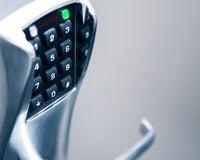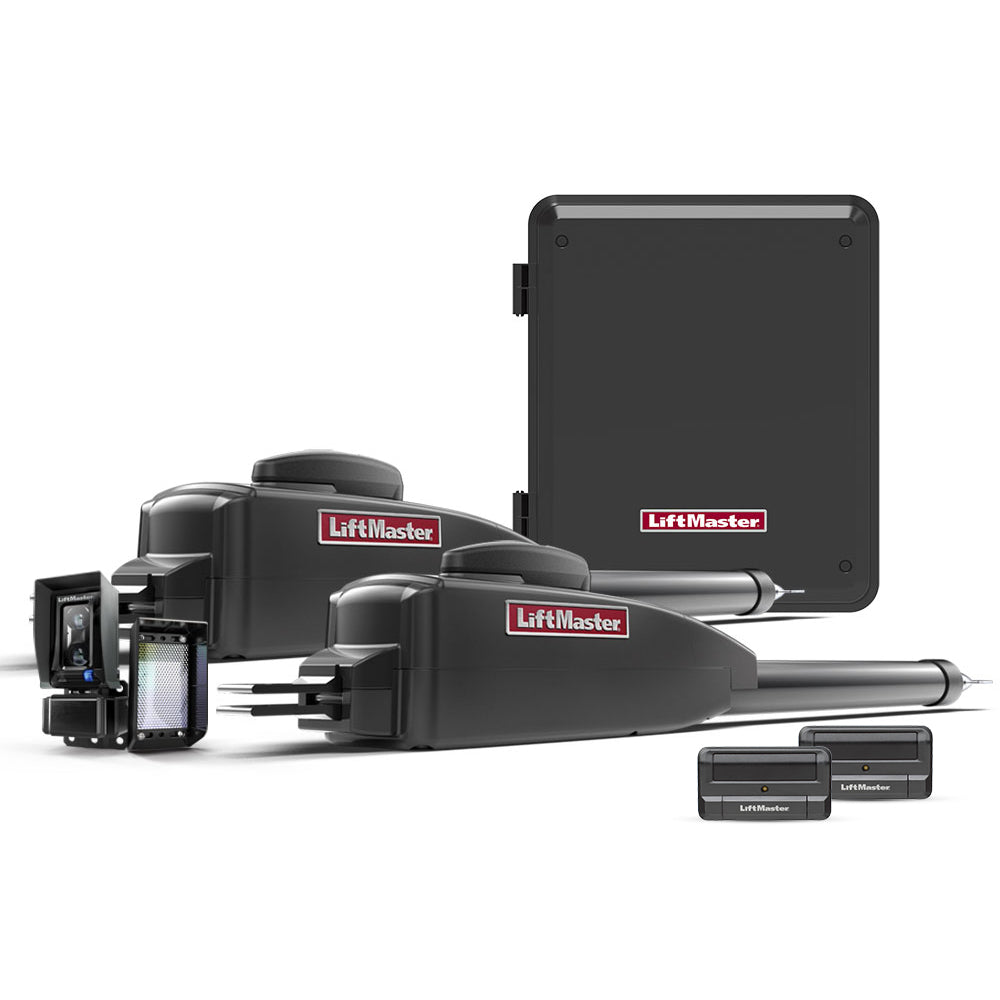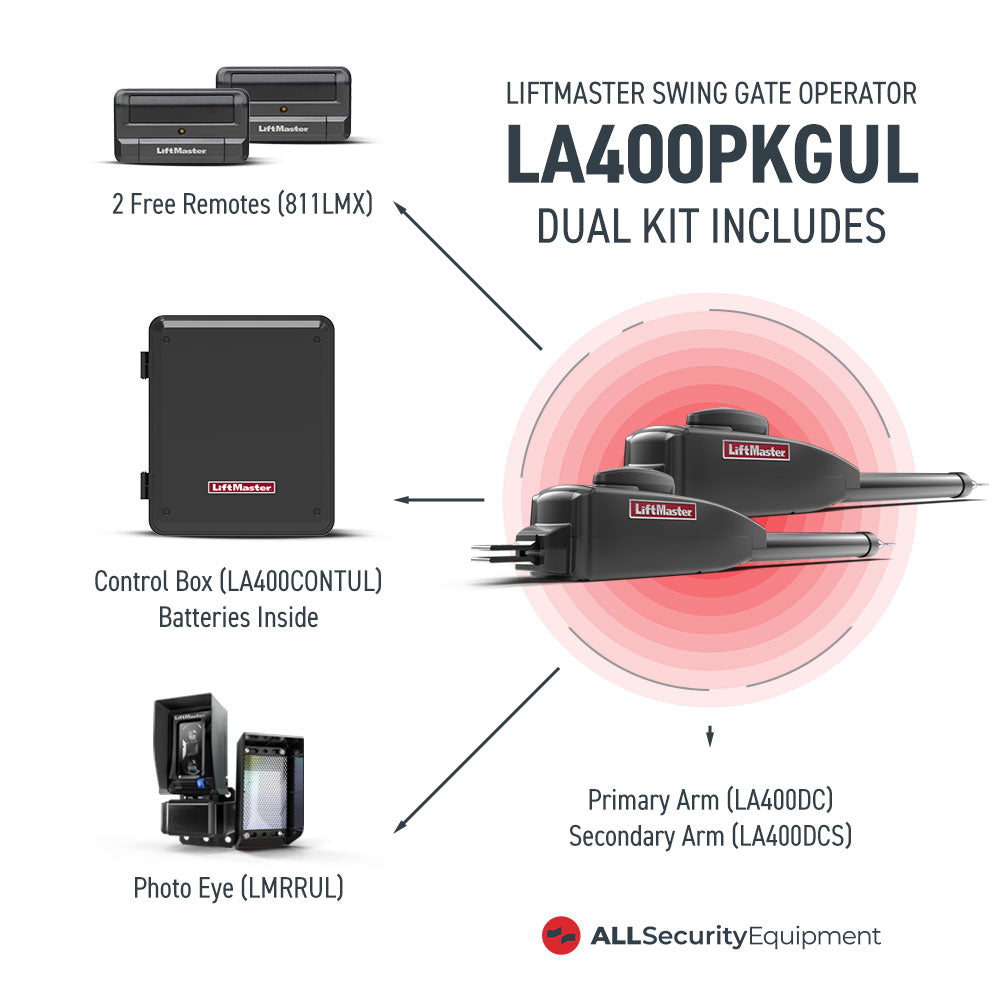If you are reading this, you are undoubtedly looking to install a magnetic lock for door, perhaps with an intercom system, and you aren't sure if you should go with magnetic or electric strike locks. Your decision wholly depends on your priorities and needs. However, what is the difference between an electric strike and a magnetic lock for door?
Find out in this article as we will learn the differences between these lock types, what they are, and how selecting the appropriate one can significantly impact your building. Let’s begin!
The major difference between an electric strike and a magnetic lock for door is their power requirements. A magnetic door lock is fail-safe, while an electric strike is generally fail-secure. An electromagnetic lock requires power to secure the door, while an electric strike requires power to unlock the door.
Electric Strike
While you might see them termed as electric locks, they are actually electric strikes. This key difference in terminology is important since magnetic locks are also powered by electricity.
Electric strikes are operated mechanically and replace the typical door strike with an electrical one. The electric strike is mounted onto the door by a hinged metal piece. When the metal piece is placed in the locked position, you cannot operate the door. For the door to be opened, its lock will require an electrical signal which moves the metal piece.
Magnetic Locks
A magnetic lock for door, also known as a mag lock, differs from electric strike locks as they require consistent power to remain locked. The magnets that ensure the door remains locked are powered by electricity.
Electric Strike: Functionality & Features
An electric strike is typically installed inside a door frame. The current is controlled by a tiny motor within the electric strike. When the door is opened, the motor releases the metal piece that holds the door in place. Only when the lock gets the electric trigger can the door move and become operational.
Generally, the motor within an electric trike is initiated by the following triggers:
- A wireless sensor
- A key fob
- A keypad
- An electronic card reader
An electric stroke only secures one side of a door, so it is generally placed on outside doors. This means that the door remains locked for anyone outside the building, while those inside the building can open the door at will.
Personnel can unlock the door from the building’s exterior using a keycard or any device programmed to trigger an electric signal. You should remember that a door frame that uses electric strike locks requires an additional device, such as a panic bar or lockset. These access control accessories ensure that those inside the facility can unlock the door should there be a power outage.
Magnetic Lock: Functionality & Features
Magnetic lock for door typically requires a magnetic charge to keep the door locked. Mag locks consist of two parts:
- A metal armature plate attached to a door
- An electromagnet attached to the frame
When these components meet, an electric current flows via the electromagnet, causing the door to remain locked. This current makes the magnetic charge attracts the armature plate to the door frame, where the electromagnet is located. This attraction prevents the door from opening.
Once power is removed, the magnet loses its charge, causing the door to open. As with an electric strike, you can trigger a magnetic lock with a key fob or keypad.
Benefits of Electric Strike Locks
Using electric strike locks as your access control system is great for doors that require access in a single direction. A few of the benefits associated with this access control system are:
Increased Security During Power Outages
Should the power go out, doors with an electric strike will remain securely locked. They can also be unlocked by anyone in the building so long as they press the panic bar.
Secured Entry on One Side
Securing a single side of the door can be a benefit or a demerit. Nevertheless, this access control system can be useful in situations where traffic needs to be controlled in one direction.
Affordability
Electric strikes are less expensive than magnetic locks.
Benefits of Magnetic Locks
Security on Both Ends
Unlike electric strikes, mag locks ensure both sides of the door are secured.
Adaptability
You can increase the current of a magnetic lock for door to increase its holding force.
Seamless Installation
Magnetic locks are generally easier to install as they do not require a contractor with specialized equipment or knowledge.
Strength
On average, a mag lock can withstand 1200 pounds of force.
Demerits of Electric Strike Locks
The simple fact is that electric strike locks are extremely complicated. Installing and powering this access control system requires precision and skill—this means the installation will need to be done by licensed personnel.
You will also have to conduct your own research. If you have a lock bolt on your door, you will have to choose an electric strike that works properly with it.
Demerits of Magnetic Locks
Perhaps the major disadvantage associated with mag locks is that they require constant power. In the event of a power outage, these locks lose power causing the doors to unlock. This can create a serious security risk, as your building is left vulnerable during a power outage.
Differences Between Electric Strike and Magnetic Lock for Door: Which Is Best?
It doesn’t matter if you are updating your locks in an older building or installing locks in a new development; the types of locks you choose matter. When choosing between a mag door lock and an electric strike, there are a couple of factors you need to consider:
- Budget
- Security or safety concerns
- Intended function
- Door location
The most important variable to consider when selecting an access control system is the AHJ authority having jurisdiction that enforces certain regulations in your building. To consider this variable, you must familiarize yourself and your staff with the AHJ to ensure that any locks you install are in line with the code.
We hope that this article has helped you understand the differences between electric strikes and magnetic locks so that you can make the best decision for your needs. If you still have questions, please don't hesitate to contact us. We would be happy to help you further understand these products and choose the one that is right for you.












